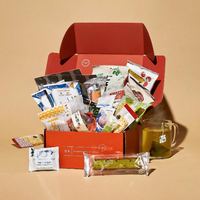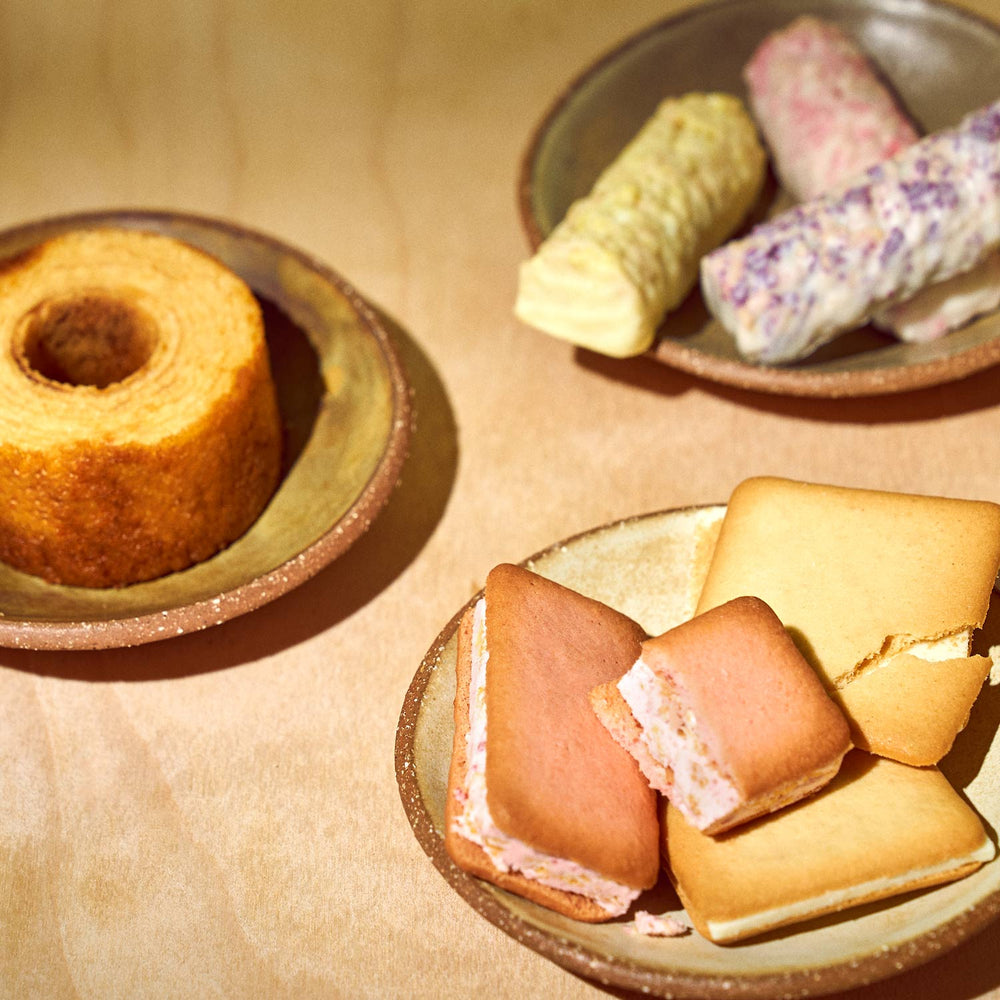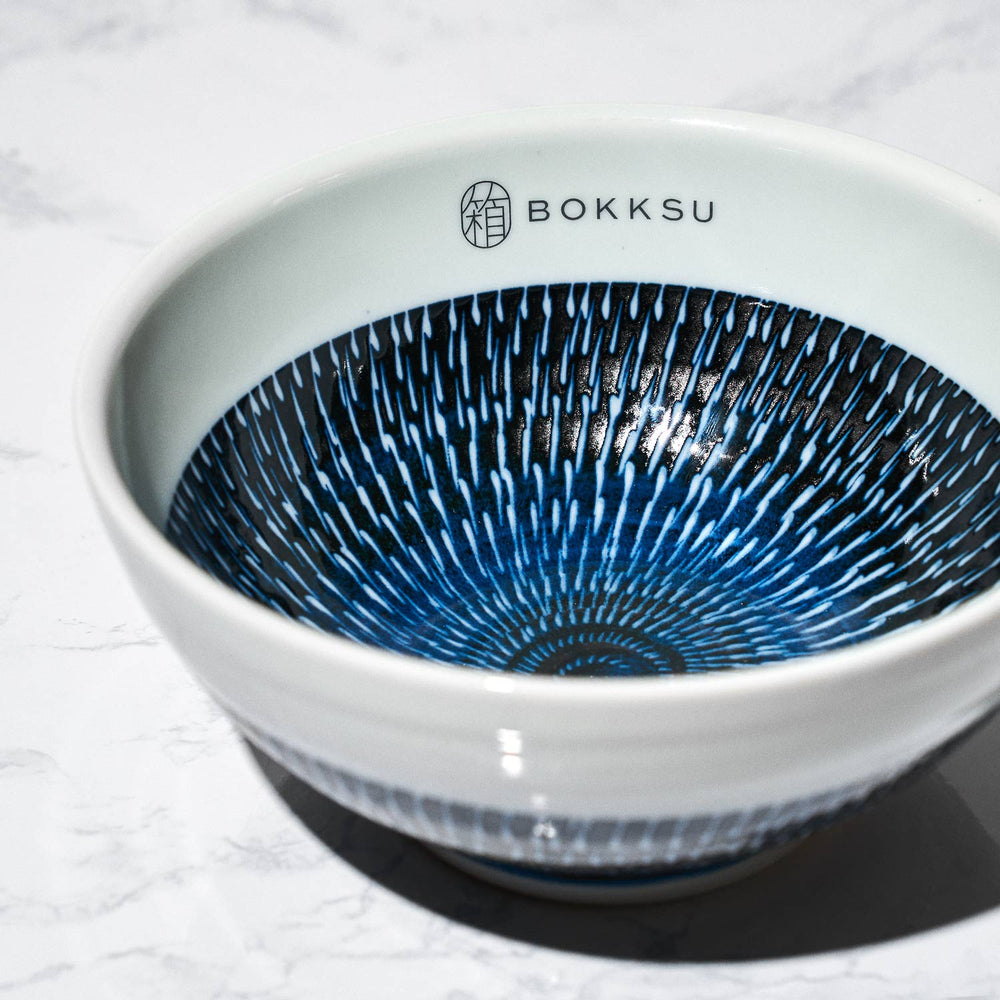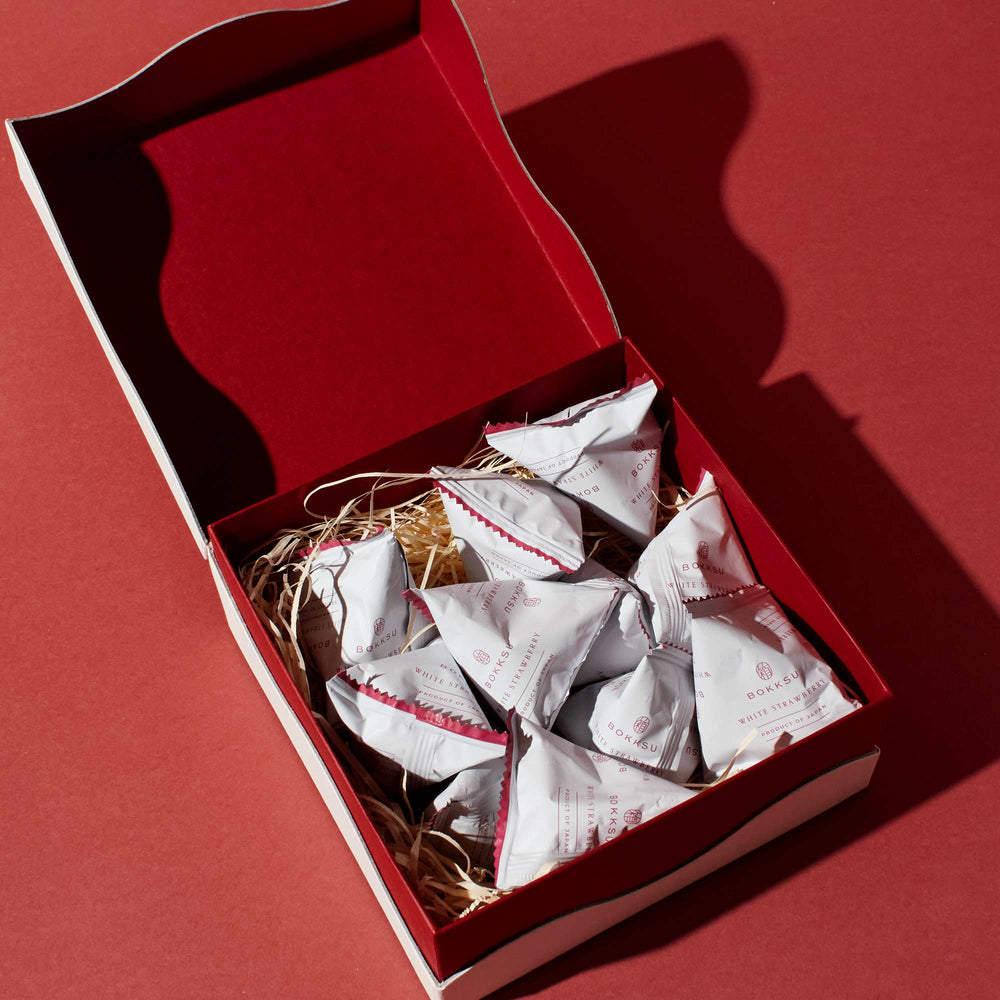Amazake Uncovered: Japan’s Sweet Fermented Rice Drink You Need to Try
Just because amazake is made with fermented rice like sake doesn’t mean it’s always an alcoholic beverage. In fact, the drink is one of the most nutritious beverages in Japan. There’s a lot people don’t know about amazake, and we aim to fix that in this post. Read on to find out its typical content, its health benefits, and how to make it at home.
Understanding Amazake: What Is Japan’s Fermented Rice Drink?

Amazake is a Japanese sweet fermented rice drink. Although there are various recipes, it’s commonly made by mixing koji mold (a fermenting agent) with steamed rice and water. The beverage has been in Japan for over 1,500 years.
The term “amazake” literally translates to “sweet sake,” and those who are aware of this meaning sometimes assume the beverage is alcoholic like sake, a Japanese rice wine. In truth, while they both have similar flavors and preparation processes, not all amazake recipes are alcoholic. We’ll reveal more about how to identify alcoholic and non-alcoholic amazake later in this post.
Authentic amazake has a sweet flavor with a thick and creamy texture similar to rice porridge. It can be enjoyed warm in the winter and cold in the summer. In Japan, people enjoy amazake as a healthy and refreshing sweet drink. Some top it with light garnishes like grated ginger. Amazake is a famous beverage during cultural celebrations like the New Year and Doll Festival (Hina Matsuri). It’s a versatile and culturally significant drink beloved by people of all ages within and outside of Japan.
A Historical Glimpse: From Ancient Temples to Modern Kitchens

Many historians believe Amazake was invented in the Kofun period (303-538). However, there is a popular legend that it was invented in the Nara period (710–794) by a Japanese monk known as Gyoki. According to the legend, he created an elixir to help sick people by mixing steamed rice with water and sake lees (filtered sake production residue) before allowing it to ferment. Days later, the mixture turned into a sweet and creamy drink filled with essential nutrients.
Although there is no concrete fact about the actual date amazake was invented, we’re certain it existed before the year 720 because it was mentioned in Japan’s second-oldest history book, the Nihon Shoki. The book was completed in 720, and it referred to a beverage called “ama no tamuzake.” Over the centuries, the drink would take on other names, most famously “kosake” from the 9th to 16th centuries, when it was enjoyed by nobles and members of the imperial court.
In the Edo period (1603-1868), amazuke became famous throughout the country, and even commoners could enjoy it. Street sellers hawked the drink in major cities, further driving up its availability. Many of them sold traditional recipes using only koji rice. Today, amazuke is both a sweet traditional beverage and a health drink. It’s considered a drinkable “I.V. drip.”
The Role of Koji: The Secret to Amazake’s Unique Flavor

Koji is an important fermentation starter in Japanese cuisine, and it plays a vital role in the making of amazake. The term koji refers to a combination of the mold known as Aspergillus oryzae and steamed grain, which could be rice or soybean. In Japan, koji is often used to ferment rice, barley, and sweet potatoes when making sake, shochu, or other alcoholic beverages. It can also be used to ferment soybeans during the production of miso and soy sauce.
In the case of amazake, rice koji is the ideal fermentation starter for the rice. It breaks down rice starches into sugar, thereby giving the resulting beverage its natural sweetness. The koji is mixed with water and rice and left in a container for fermentation to occur.
Is Amazake Alcoholic? Debunking Common Myths

Amazake can have non-alcoholic or low alcohol content. Most people presume the drink is alcoholic when they learn its name (sweet sake) and production process, which is nearly the same as sake. The Japanese rice wine, or sake, is also made by fermenting rice and water with koji, breaking down starches into sugar. However, sake production also includes yeast, which uses fermentation to create alcohol from the sugar produced. Hence, amazake fermentation with rice koji is lighter than that of sake. It also produces a non-alcoholic beverage that everyone, including kids and pregnant women, can enjoy.
In some recipes, amazake is made by mixing sake lees, water, and sugar. This method is considered a shortcut as it takes a lot less time and effort to make than the rice koji version. However, using sake lees to make amazake will result in a drink with about 8% alcohol, which is considered negligible by some. The drink also contains fewer nutrients than rice koji amazake.
How to Make Amazake at Home: A Simple Recipe

The following are two step-by-step guides to creating amazake at home. One of them is the version made with rice koji, and the other uses sake lees.
Making Amazake with Rice Koji
In this section, we’ll discuss how you can make simple, non-alcoholic amazake with three basic ingredients: raw rice, water, and rice koji. You will also need a rice cooker, thermometer, and clean cloth towel.
-
Pour white or brown rice in a rice cooker and add water.
-
Select the porridge option on your rice cooker settings and start to cook the rice.
-
After cooking the rice, turn off the cooker and allow the rice to cool to at least 60ºC. You can check the temperature with your thermometer.
-
When the cooked rice is cool enough, add koji to the pot. You can add koji weighing 0.5 to 2 times the amount of rice. The more koji you use, the faster the fermentation process.
-
Using the “Keep Warm” setting of your rice cooker, turn it on and cover the open pot with a cloth towel. Wait for 8-10 hours. Remember to check the temperature of the mixture every two hours. You want to maintain a temperature of 50-60ºC. Alternatively, you could maintain temperature levels by using a yogurt maker, instant pot with custom temperature settings, or thermos.
-
Ready amazake will produce a sweet fragrance. Transfer it to a sterilized container and allow it to cool.
Making Amazake with Sake Lees
Here’s a recipe for an easier and more alcoholic version of homemade amazake. You will need sake lees or sake kasu, water, and sugar. A mesh sieve can be useful as well.
-
Tear the sake lees into small pieces.
-
Boil water in a pot.
-
Put the sake lees in a mesh sieve and dissolve them in the hot water. Avoid getting chunks in the water.
-
Once the sake lees have completely dissolved, remove the sieve and then add sugar and salt (optional).
-
Allow the mixture to cook for 15-20 minutes or until it reaches your preferred consistency.
Amazake in Japanese Cuisine: Not Just a Drink

Generally, people enjoy this traditional Japanese drink by mixing it with water, ginger, or milk before consumption. Beyond sipping, it plays other roles in various recipes. It can be used to make pudding by mixing it with a jelly-like substance known as agar-agar and some coconut milk. Amazake can also be used as a natural sweetener and sugar alternative in flour when making cookies. The resulting treat is sweet, fibrous, and nutritious.
Other culinary applications of amazake include baby food (non-alcoholic version), sweets, custard, cakes, meat or seafood marinades, smoothies, and salad dressing.
The Health Benefits of Amazake: Nutrient-Packed and Gut-Friendly

Drinking amazake is associated with improved digestion thanks to the high amount of probiotics in the beverage. It also contains digestive enzymes, which help boost metabolism. Koji amazake offers vitamins B1, B2, B6, and B9 (folic acid). It also provides essential amino acids, glutamine, and dietary fiber, all of which combine to improve skin, boost the immune system, and reduce fatigue. It helps that amazake is gluten-free, vegan, lactose-free, and does not require processed sugar.
Variations and Flavor Twists: Creating Unique Amazake Tastes

Although amazake is fine on its own. Most people simply dilute it with water before drinking. However, there are some who enjoy mixing it with grated ginger. Other flavor variations include milk, matcha, and fruit purées. Check out the following modern fusion twists that elevate the classic beverage:
-
Cacao: amazake combined with cacao powder and balanced with sugar.
-
Milky banana: amazake combined with soy milk and blended banana.
-
Kinako-sesame: amazake mixed with dried soybean powder (kinako) and ground white sesame, but sweetened with brown syrup.
Where to Find Amazake: Experiencing It in Japan and Abroad

To locate amazake in Japan, check out the local inns, ryokans, traditional tea houses, and sake shops. You may also find some in convenience stores (or konbini), supermarkets, or the liquor sections of department stores. If you want to turn amazake drinking into a cultural experience, look for it at ongoing festivals or local flea markets in places like Kyoto.
Outside of Japan, your best chance of finding authentic amazake is buying it from retailers. However, the most common versions sold internationally are bottled, powdered, or freeze-dried.
Embracing Amazake: A Delicious Connection to Japan’s Culinary Heritage

From being reserved for elites to becoming a popular ceremonial drink at festivals, amazake remains a significant part of Japanese culture. It’s more than a drink. We urge you to incorporate this sweet, nourishing, and fermented rice beverage into your own food journey. Feel free to use any of the provided culinary applications in this post.
We offer more Japanese desserts and beverages in the form of gifts at Bokksu Boutique. Check out our corporate, holiday, and special event collections to find the perfect gifts for every occasion.
Author Bio





























